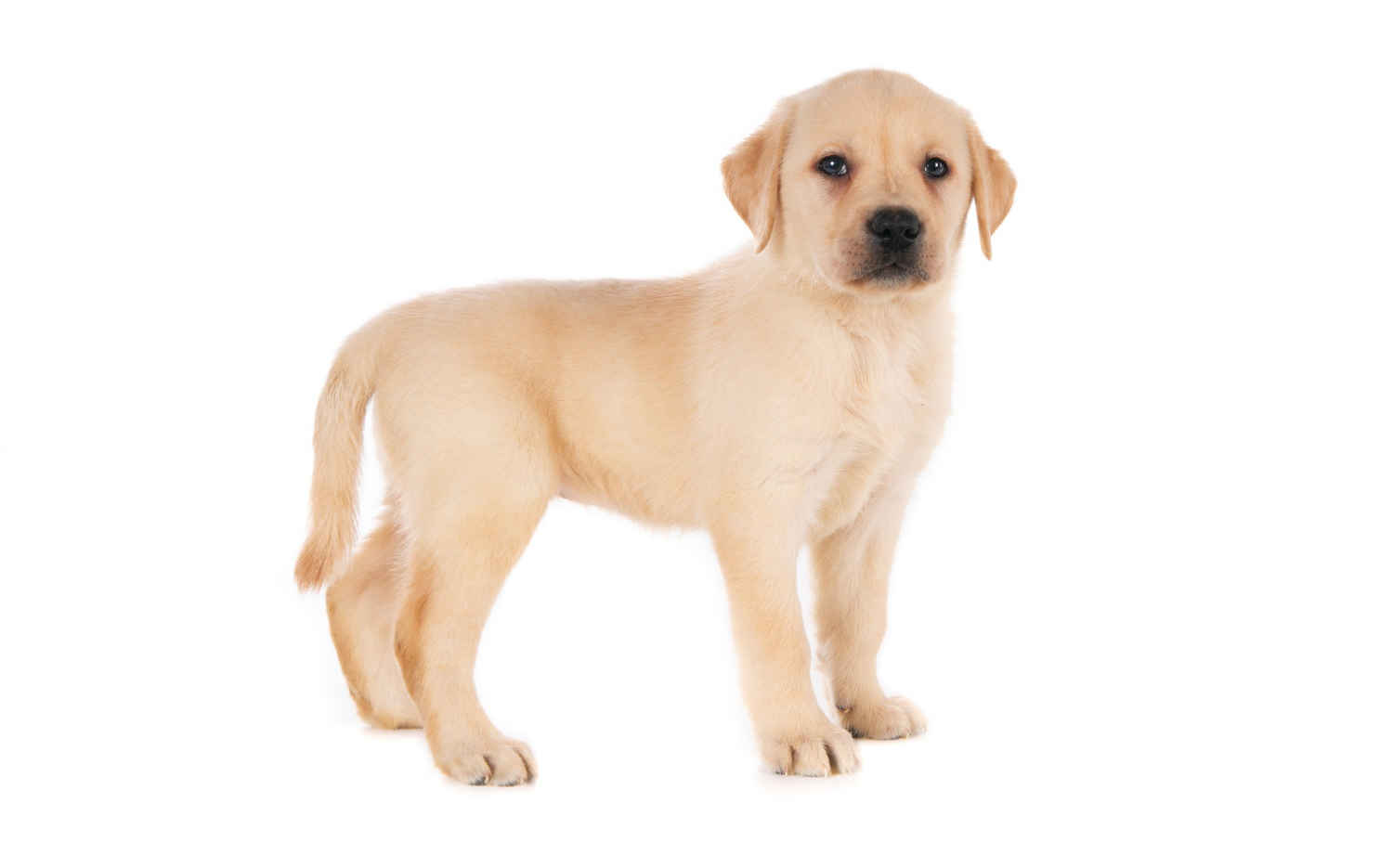Labrador Retrievers are known for their insatiable appetite and love for food. However, as a pet owner, it’s important to ensure that your furry friend is getting the right amount of nutrition to stay healthy and happy. Overeating or underfeeding your Labrador Retriever can lead to health problems and affect their overall well-being. But how do you know if your dog is eating too much or too little? In this blog post, we’ll discuss some key signs to look out for and provide some tips on how to ensure your Labrador Retriever is getting the right amount of nutrition.
Labrador Retrievers are one of the most popular dog breeds in the world. They are known for their loyalty, affectionate nature, and intelligence. But, like all dogs, they need a proper diet to stay healthy and happy. As a pet owner, it’s your responsibility to ensure that your Labrador Retriever is eating a balanced diet that meets their nutritional needs.
So, how do you know if your Labrador Retriever is eating too much or too little? Here are some things to consider:
1. Your dog’s weight: One of the easiest ways to tell if your Labrador Retriever is overeating or underfeeding is by monitoring their weight. If your dog is overweight, it’s a sign that they are consuming more calories than they need. On the other hand, if your dog is underweight, it’s a sign that they are not getting enough calories.
2. Portion control: Another way to ensure that your Labrador Retriever is getting the right amount of food is by controlling their portions. You can use a measuring cup or a food scale to measure out the correct amount of food for your dog’s size and activity level. It’s important to follow the feeding guidelines provided by your veterinarian or the dog food manufacturer.
 - Copy.jpg)
3. Body condition score: A body condition score is a visual assessment of your dog’s body shape and size. There are different scoring systems, but most use a scale of 1-9, with 1 being emaciated and 9 being obese. Ideally, your Labrador Retriever should have a body condition score of 4-5, which means they have a defined waistline and their ribs can be felt without excess fat covering them.
4. Activity level: The amount of food your Labrador Retriever needs also depends on their activity level. If your dog is highly active, they will need more calories than a sedentary dog. Make sure to adjust their food intake accordingly.
5. Health issues: Some health issues can affect your Labrador Retriever’s appetite and weight. If you notice a sudden change in your dog’s eating habits or weight, it’s important to consult with your veterinarian to rule out any underlying health problems.
it’s important to monitor your Labrador Retriever’s diet and weight to ensure that they are getting the right amount of food. By following the tips above, you can determine if your dog is overeating or underfeeding and make adjustments as needed. Remember, a healthy diet is key to a happy and active Labrador Retriever!
In conclusion, keeping a close eye on your Labrador Retriever’s eating habits is crucial to their overall health and well-being. By understanding the signs of overeating or underfeeding, you can adjust their diet accordingly to ensure they maintain a healthy weight and lifestyle. Remember to consult with your veterinarian for personalized advice and recommendations, and always prioritize your furry friend’s nutritional needs. With a little bit of attention and care, you can help your Labrador Retriever live a long, happy, and healthy life.


%20-%20Copy.jpg)
.jpg)
%20-%20Copy.jpg)
%20-%20Copy.jpg)
.jpg)
%20-%20Copy.jpg)
